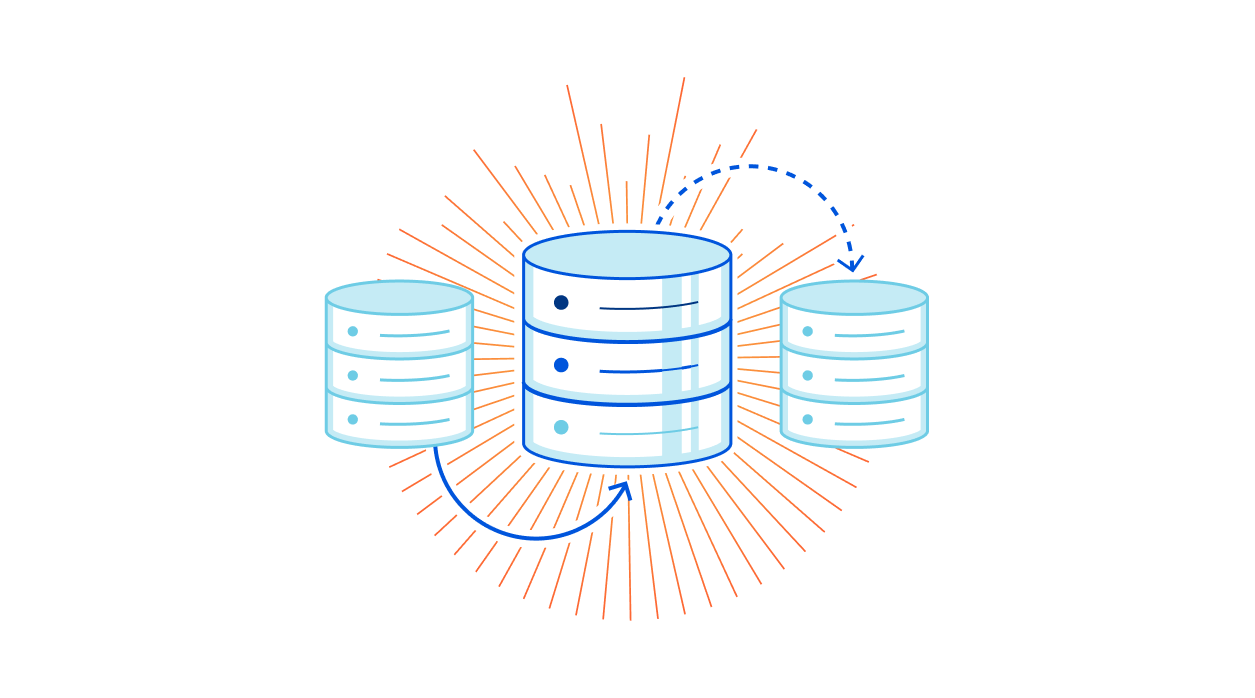EU OKs Broadcom acquisition of VMware, with strings attached
The European Commission said that the proposed acquisition of VMware by Broadcom may go forward, thanks to an investigation that suggested that the market would not be harmed and the acquiescence to several conditions by Broadcom.The Commission, in a statement issued Wednesday, said that its investigation centered on answering the question of whether Broadcom, if it acquired VMware, would be in a position to harm the competitive balance of the marketplace in several key technology areas, including Fibre Channel host bus adapters, network interface cards, and storage adapters.The investigation found that Broadcom didn’t have a strong enough position in the NIC and storage adapter markets, but noted that the proposed merger would let Broadcom harm its only rival for FC HBAs, Marvell, by making sure that VMware’s virtualization software didn’t work well with Marvell’s hardware.To read this article in full, please click here

